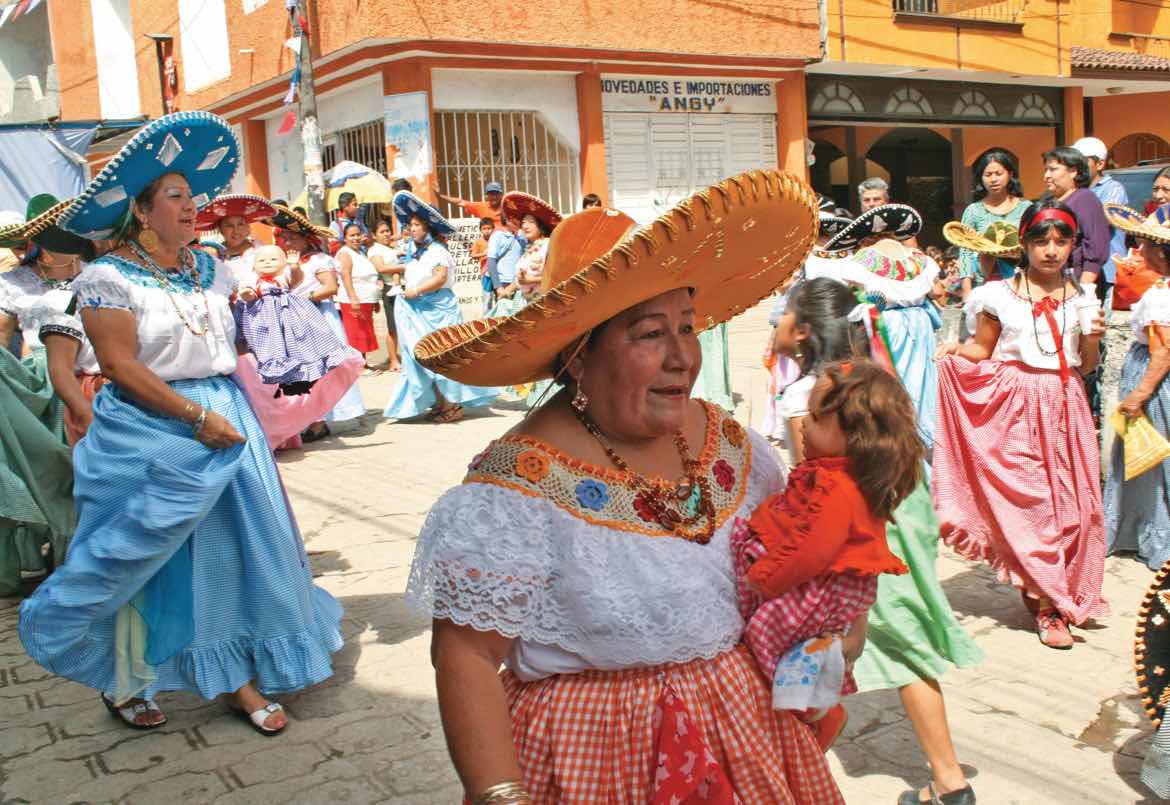

With mainstream media bombarding information about Santa Claus and the popularization of his image through songs, movies, cartoons, toys and more, Latinx parents instill the culture and explain to their kids to not only focus on Father Christmas as the only figure that gives gifts to well-behaved children but also wait for the arrival of the Three Kings with the same joy and illusion.Īlthough this tradition is venerated equally, each culture has adapted the holiday based on their customs. In contrast to Latin American countries where kids get the best gifts on Día de los Reyes Magos instead of on Christmas Day, for the Hispanic community living in the United States keeping this tradition alive can be challenging. In 1866 the first parade of Three Wise Men was held in Alcoy, and from there the tradition extended to countries of Hispanic culture. The tradition of turning the Epiphany into a children’s celebration began in Spain in the nineteenth century and the idea was to give gifts to children and imitate what was done in other countries on Christmas Day, where the main character is Santa Claus. Celebrated every January 6, originally known as Epiphany and historically observed by Christians, the tradition commemorates the visit of the magi or wise men, Balthasar, Melchior, and Gaspar, to baby Jesus.Īccording to the belief, the three wise men traveled from the East guided by a star to Bethlehem (hence the name of Bethlehem’s star) to pay tribute to Christ child and deliver the gifts of gold, incense, and myrrh, symbols of wealth. (Which means her esposo, the muralist Diego Rivera, loved them, too!) They are classic, spicy and filling.In Latin America and Spain, the Three Kings Day or Día de los Reyes Magos is one of the most important holidays of the year. Our first Mexican tamales recipe are the red pork tamales served by none other than Mexican painter Frida Kahlo in her home, La Casa Azul. Choose the one that speaks most to you for your Candelaria gathering. Here are two of Familia Kitchen’s most popular recipes for these masa delicacies. You Got the Baby Jesus! Which of These Tamales Will You Make? Let’s start with the tamales-since they are the main meal in the traditional Candelaria celebration feast. And of course, chocolate beans and the corn in atole are both crops used and honored by the Aztecs. 2, the start of the Mexican New Year: wrapped food made with maize. While the day itself is connected to Catholicism-brought by the Spaniards-the custom of how we feast goes way goes back to the Aztecs. The word tamale comes from the Nahuatl tamalli, which means “wrapped food.” As in what the Aztecs offered the gods each year on Feb.

The ritual of celebrating with tamales, chocolate and atole with friends and family is a blending of Mexico’s centuries-old history and traditions. An Aztec & Spanish Mashup Celebration With Food and Drink Earlier in the year, “godparents” are chosen for baby Jesus and they have the honor of hosting several celebrations leading up to February 2. Some communities go all out and organize a street festival to parade decorated statues of Jesus and the Virgin Mary to the local church. One common element at most Candelarias: a statue of the baby Jesus is dressed festively and carried to church for viewing and blessings. Two thousand years later, depending on the region, this feast day honoring the holy family’s mother and child is observed in a variety of traditions across Mexico.


 0 kommentar(er)
0 kommentar(er)
